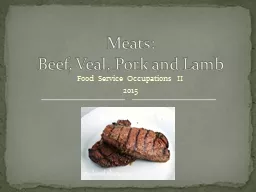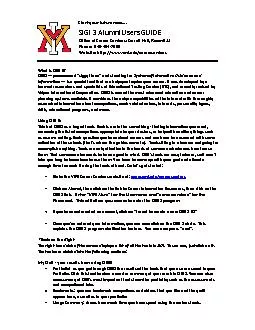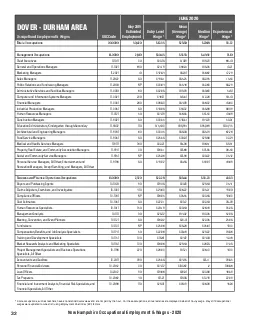PPT-Food Service Occupations II
Author : tatiana-dople | Published Date : 2017-05-25
2015 Meats Beef Veal Pork and Lamb 5 classes of beef Steers castrated male calf high quality beef and high yield Heifer young female that has not birthed a calf
Presentation Embed Code
Download Presentation
Download Presentation The PPT/PDF document "Food Service Occupations II" is the property of its rightful owner. Permission is granted to download and print the materials on this website for personal, non-commercial use only, and to display it on your personal computer provided you do not modify the materials and that you retain all copyright notices contained in the materials. By downloading content from our website, you accept the terms of this agreement.
Food Service Occupations II: Transcript
Download Rules Of Document
"Food Service Occupations II"The content belongs to its owner. You may download and print it for personal use, without modification, and keep all copyright notices. By downloading, you agree to these terms.
Related Documents














